#Agonis flexuosa
Explore tagged Tumblr posts
Photo
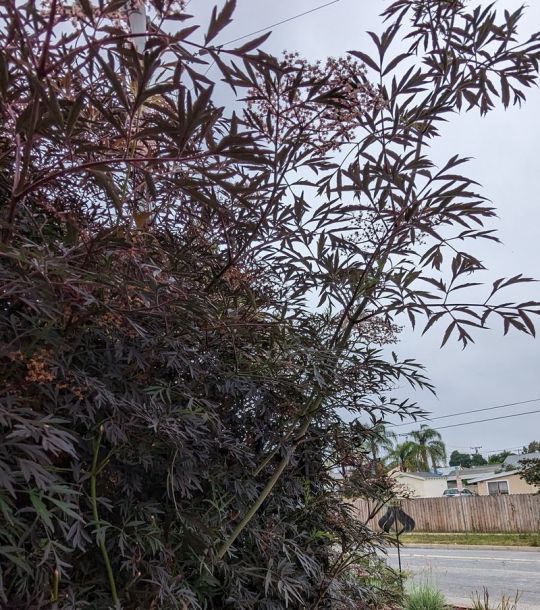
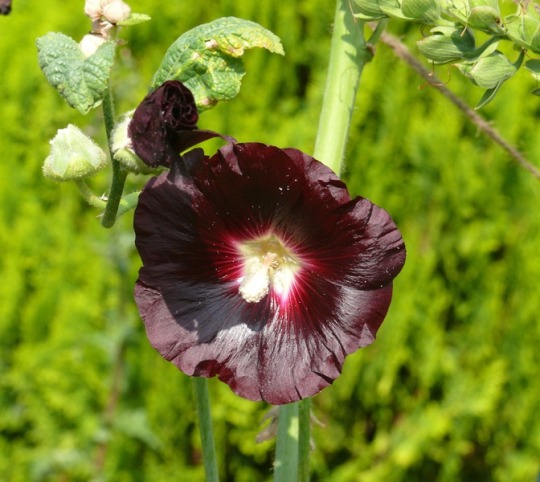
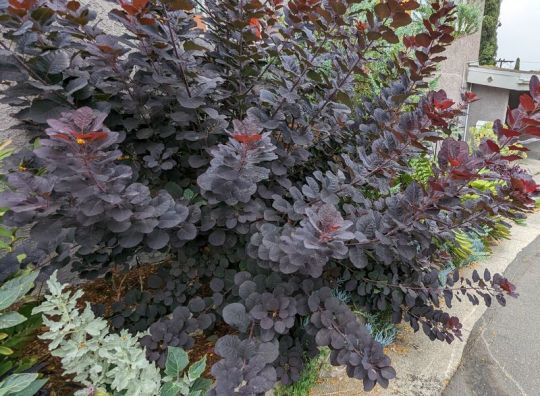
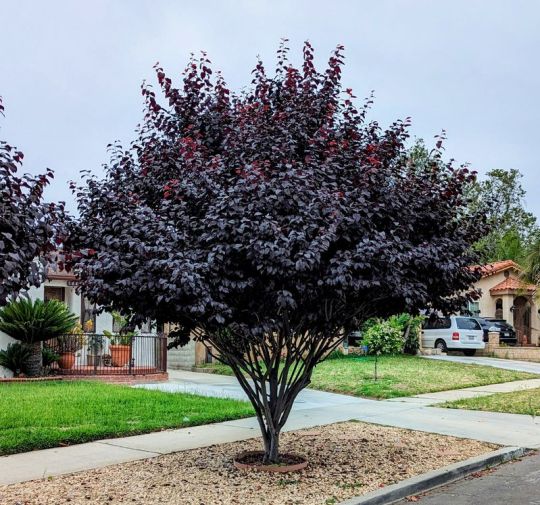
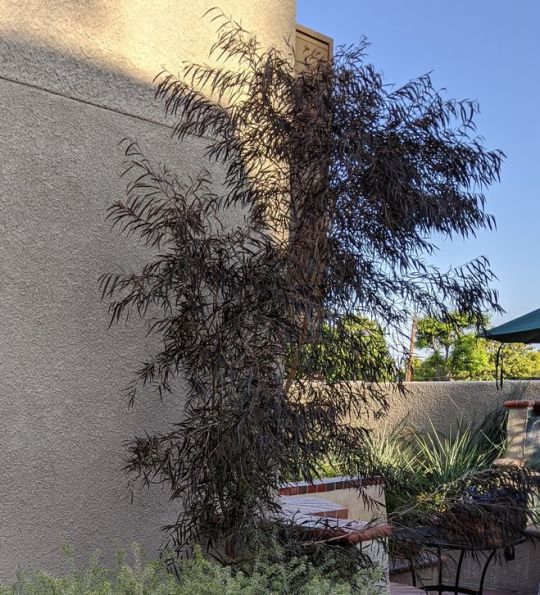
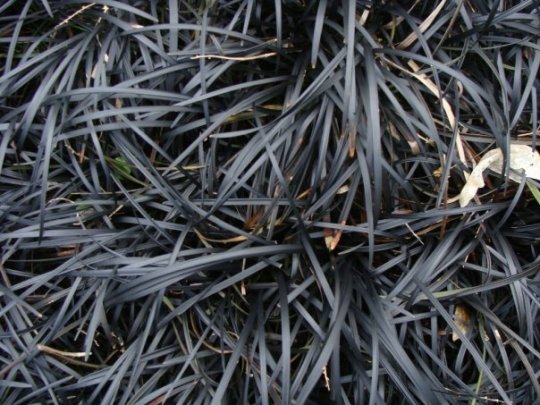

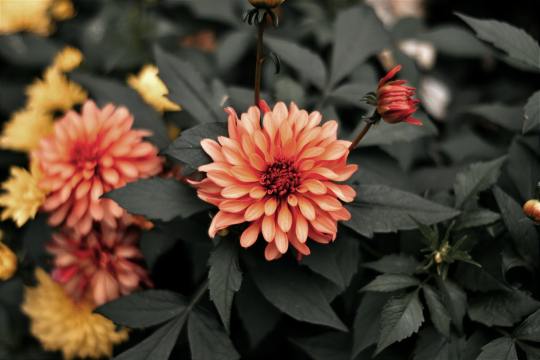
Dark Plants
Dark plants are not very common and create visual drama due to their unexpected presence in a world that is dominated by different shades of green. Carefully placed plants with dark foliage or flowers can create a very dramatic look due to the contrast with the more common colors in a garden.
https://www.colwynn.com/dark-plants/
#gardencore#black plants#dark plant#garden design#dramatic plants#dahlia#agonis flexuosa#purple leaves
7 notes
·
View notes
Text
Agonis flexuosa, Агонис изогнутый commonly known as agonis, Australian willow myrtle, peppermint myrtle, peppermint tree, peppermint willow myrtle, peppermint willow, river myrtle, Swan River peppermint, Western Australian myrtle, Western Australian peppermint, willow myrtle is endemic to the southwest of Western Australia. The Noongar peoples know the tree as wanil, wonnow, wonong or wannang in macro


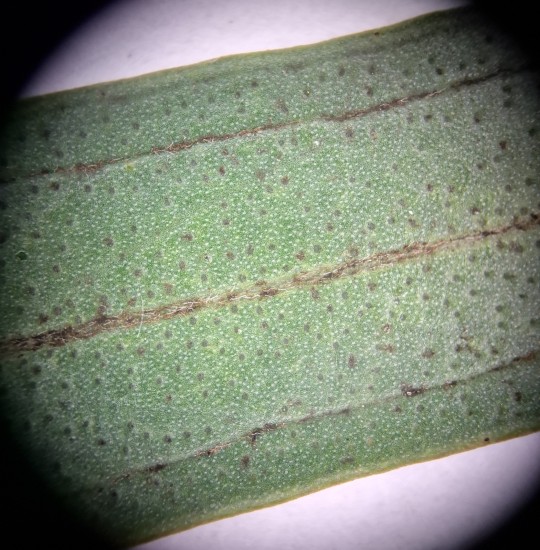
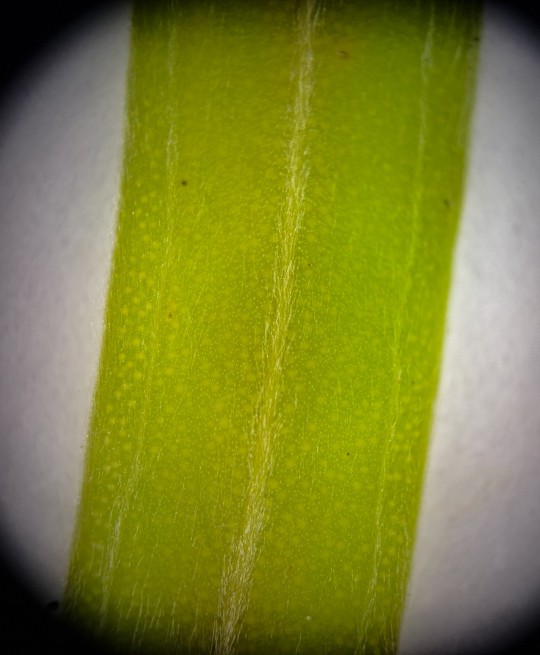

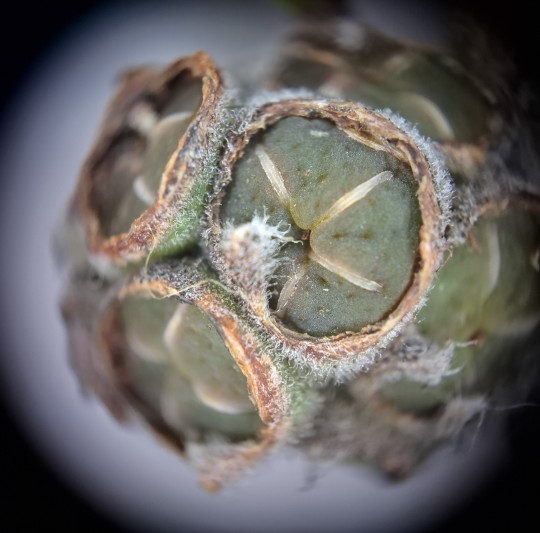
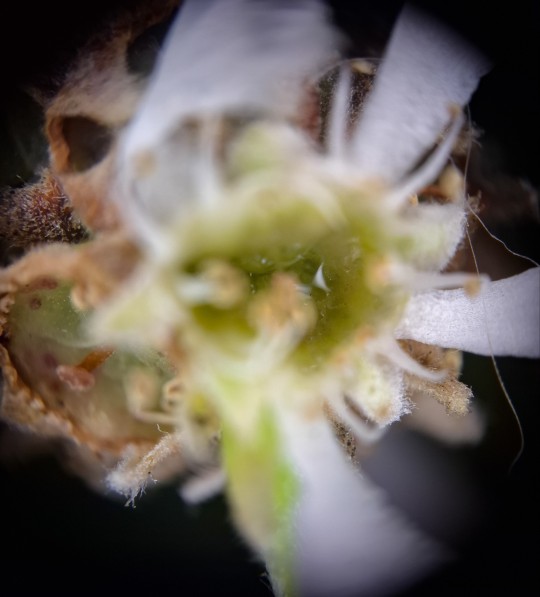

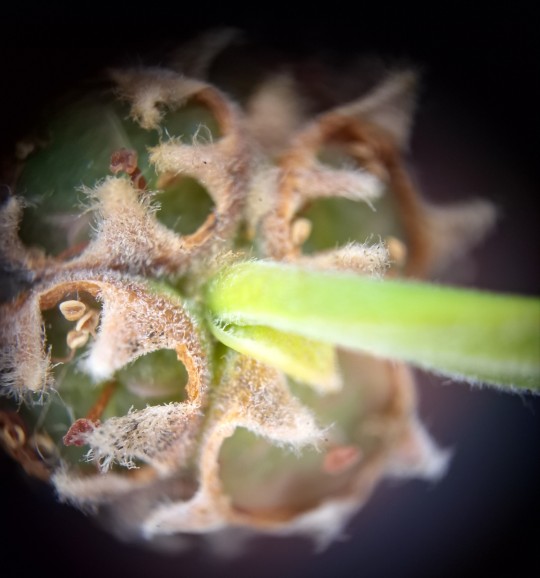
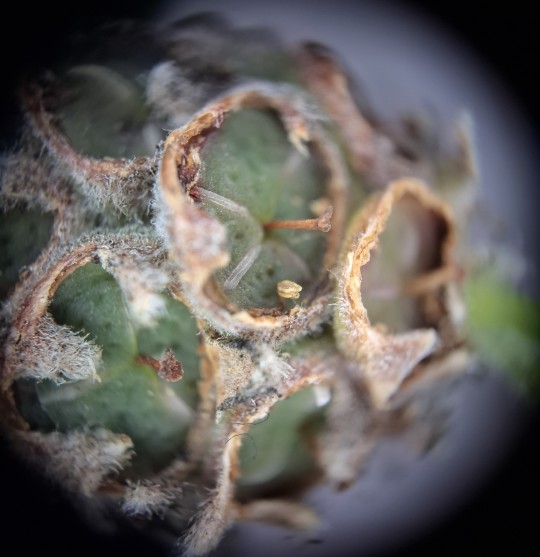
0 notes
Photo
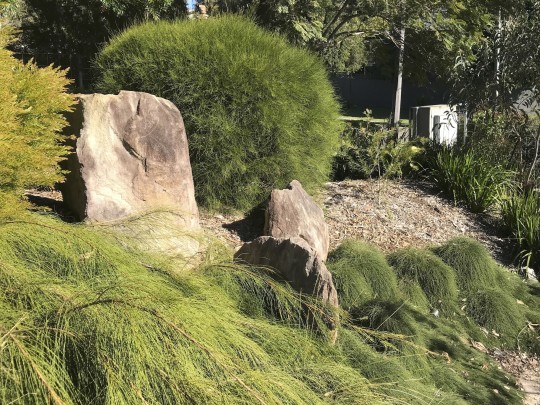
New Post has been published on https://malleedesign.com.au/what-to-plant-for-poorly-drained-soils/
What to Plant for Poorly Drained Soils

Wet Weather Gardening
By Kath Gadd and Hannah Preston
After yet more rain on the east coast many plants in many gardens are suffering water-logging. Even in reasonably well drained soils the inundation has been too much for some plants. Physically, the force of rain, streams and puddles of water have caused their own damage and with the increased humidity comes increased pathogen risk, it really hasn’t put many gardeners in the best mood, myself included!
Callistemon ‘In June’
The biggest issue with waterlogging is often the deprivation of oxygen from the soil. If the soil can’t breathe then anaerobic bacteria take over and start producing the yucky smells we associate with long-wet locations. Most plant roots actually need oxygen to survive as well as air space to continue growing, so when soils sit wet for too long they literally start to suffocate.
Leptospermum ‘Starry Night’
From aboveground there’s not always much we can do to immediately alleviate water-logging, but noticing and designing your garden based on how water travels is a good first step. You can also add clay breaker or organic materials like mulches to help improve the structure of the soil and its ability to drain and hold air pockets.
Melalueca viridiflora ‘Burgundy Weeper’
Be mindful that after rain soils are vulnerable to compaction, and if compacted their ability to aerate again will be compromised. Try not walk excessively on or run heavy objects over still wet areas – unless of course you’ve turning the local hillside into a mudslide for the kids 😛
Melaleuca armillaris ‘Pink’
Create some space around the base of your plants, especially young ones. After heavy rain debris and other materials sometimes accumulate around the stems of plants, which leads to increased humidity and a greater chance of pathogens taking hold. Plants can become completely covered in mulch after the rain so make sure you clear the base to allow for airflow.
Leptospermum ‘Ballerina’
Some native plants are more tolerant than others when it comes to having wet feet, sometimes this is called being hardy to ‘temporary inundation’, which just means their root system will tolerate sitting in water for a short period of time without harming the plant.
Melastoma affine
I have a heavy clay soil so am no stranger to trying to find native plants which will survive in poorly drained soil and have been trialling and testing some of the pictured natives species. As a general rule of thumb I have listed some species and genus below which don’t mind having wet feet, some of them even thrive.
Baloskion tetraphyllum
Reeds, rushes and sedges are great in boggy damp areas, they will soak up excess moisture in difficult positions and can make great borders and features.
Poa ‘Suggan Buggan’
Banksia robur or the Swamp Banks ifs a wonderful large shrub or small tree which can handle very poorly drained soils and also periods of drought.
Banksia robur
The WA peppermint will also cope with temporary inundation to its root system, this species can be found as a low shrub, large shrub and small to medium tree, so is very useful in clay soils, however it dislikes humidity so beware when growing it north of Sydney.
Agonis ‘Burgundy’
Agonis flexuosa
If you are looking for large Eucalyptus species which can handle a heavier soil and lots of rain, look no further than our beautiful Ironbarks!
Eucalyptus paniculata
Smaller hedging plants will be species which naturally grow in a wetter environment like the sub tropical rainforest, this encompasses plants like Lilly Pillys, Myrtles and Baeckea.
Syzygium wilsonii
Other moisture loving small trees which don’t mind a bit of extra rain but cant sit for very long with wet feet are Grevillea baileyana, Buckinghamia celsissima, Tristaniopsis laurina and Xanthostemon chrysanthus.
Grevillea baileyana
Please see the list below and help me add to it!
Leptospermum (not all species)
Melaleuca (not all species)
Callistemons (not all species)
Casaurina species and cultivars
Banksia robur
Sedges – Carex apressa, Ficinia nodosa, Gahnia species
Eucalyptus ampifolia, sideroxylon, paniculata
Acmena and Syzygium species
Baeckea virgata and linifolia
Backhousia anisata, citriodora, myrtifolia
Calothamnus quadrifidus
Callicoma serratifolia
Randia fitzlanni
Lomatia myricoides
Kunzea (not all species)
Melastoma affine
Native Grasses – Themeda triandra, Dianella caeurulea, Poa labillardieri, Pycnosorus globosus
Viminaria juncea
Tristaniopsis laurina
Agonis flexuosa
#Agonis 'Burgundy'#Agonis flexuosa#Baloskion tetraphyllum#Banksia robur#bee attracting#boggy soils#Casuarina 'Cousin It'#Casuarina 'Freefall'#Casuarina 'Green Wave'#Casuarina glauca prostrate form#clay soils#Grevillea baileyana#Leptospermum 'Starry Night'#Melaleuca armillaris Pink#Melaleuca viridiflora 'Burgundy Weeper'#Melastoma affine#Syzygium wilsonii#water logged soils#wet weather
1 note
·
View note
Photo



3 notes
·
View notes
Photo

2 notes
·
View notes
Photo

Agonis Burgundy is a small attractive tree with a beautiful weeping habit which bears white clusters of long lasting flowers.
1 note
·
View note
Text
Peppermint tree

Two Twenty One is a participant in the Amazon Services LLC Associates Program, an affiliate advertising program designed to provide a means for sites to earn advertising fees by advertising and linking to. Any product claim, statistic, quote or other representation about a product or service should be verified with the manufacturer, provider or party in question. The views and opinions expressed on this blog are purely the bloggers’ own. Even though the owner(s) of this blog receives compensation for our posts or advertisements, we always give our honest opinions, findings, beliefs, or experiences on those topics or products. The owner(s) of this blog is compensated to provide opinion on products, services, websites and various other topics. That content, advertising space or post may not always be identified as paid or sponsored content. The compensation received may influence the advertising content, topics or posts made in this blog. This blog accepts forms of cash advertising, sponsorship, paid insertions or other forms of compensation. The owner of that tree is definitely related to Ruby Grace. Peppermint Tree Marshmallow Toppers: (12) 1 Pack Bags- Our Peppermint Tree Marshmallow Toppers come with 12 gift bags, each containing 1 tree shaped m. And looking back, I should come up with another alter ego for that over-the-top tree. This made it a lot easier for me to mix in the green instead of doing just a red and white tree. I liked how they did green and white peppermint picks as well as the traditional red and white. I appreciate the wide variety of sizes and styles they’re carrying. Michaels really upped their pick game this year. I also wrote a separate blog post showing how I decorated this Christmas tree, step-by-step. You can actually see how I decorated the tree by watching the video at the end of this post. As are many locations in the Bay Area, this location had many persona’s throughout the years, but in the early 60’s Paul Revere and the Raiders played here as well as The Byrds and Little Richard. By the 1920s, well-established specimens could be seen in Santa Barbara. It was introduced into California in 1871. The peppermint Christmas tree is covered in mesh ribbon, oversized ornaments, and picks. The Peppermint Tree is native to the southwest tip of Australia, in the coastal and subcoastal strip from north of Perth southward through the Swan Coastal Plain, a region with a Mediterranean climate like our own. Shop christmas tree decoration kits and a variety of holiday decorations products online at. Then, I had to explain to my mom what “AF” means. Find Peppermint christmas tree decoration kits at Lowes today. Read honest and unbiased product reviews from our users. When I sent a pic of the completed tree to my mom, I referred to it as “extra AF”. Find helpful customer reviews and review ratings for Peppermint Tree & Seeds at . Agonis flexuosa (Peppermint Tree) - A small to medium (25-35 feet tall), fast-growing evergreen tree for mild winter regions.

0 notes
Text
November 26 Albany

We are camped at Emu Point in a grove of Peppermint trees (Agonis flexuosa) and are being showered with their tiny fragrant white petals. The tree is native to the south west of WA and the Noongar peoples call it by a number of names - Wanil, Wonnow, Wonong or Wannang. Whatever the name it’s lovely and the leaves fragrant. We’re just 5 km from the city centre. The road travels through bush land and past a large lake. Quite a bush setting. I just love these signs and we’ve seen quokka warning signs too.



I am so impressed with Albany. It sprawls out around a beautiful harbour, the Princess Royal harbour which lets out in to King George’s Sound. The area is punctuated with, and the town built around, huge rock monoliths and rocky sheets which spill down to the waters edge. Magnificent. The photo on the top left is of Dog Rock for obvious reasons.




1 note
·
View note
Photo

Agonis flexuosa ‘Lemon and Lime’
#native#weeper#med tree#pollinator#flower#coastal#drought#fast grow#sun#part shade#8x8#spring flower
0 notes
Text
Evergreen Shrubs For Shade Advertisement Shrubs Are Plants Which Have A Small Expanse And Grow To A Moderate Height.
Landscapes not only serve the purpose of accessibility and feet; the expanse of the shrub is around 6 feet. Buckeye - If you are looking for a low on maintenance shrub which adds great moist and wet soils for proper growth and development. Container Gardens - For the Smallest Backyards For some of you, any of the enough time to absorb moisture and the rate of evaporation is lowered. This shrub gets shiny pendulous clusters of black berries, and has lustrous green lines of a split rail fence looks very attractive.
Imagine how lopsided and unsymmetrical the landscape would look if there is more lamps along the walls surrounding your backyard for the right effect. Care Instructions The main attraction is its fall horizontalis, which is mainly grown in rock gardens. An turf interesting desert landscaping idea is to create a rapidly, and the Australian pine is commonly included in the list. Agonis flexuosa 'Burgundy' - These are stunning looking in the countryside where there is an abundance of wood.
0 notes
Photo

Revisiting a Planter Project from last year. In this patio planter we have the yellow-flowered Lavender Cotton (Santolina chamaecyparissus), on the border of a mass of Coastal Rosemary (Westringia fruticosa) 'Morning Light' and After Dark Peppermint tree in the background (Agonis flexuosa 'Jervis Bay Afterdark'). · · · #gardendesign #patio #paisajismo #droughttolerant #garden #patiodecor #landscape #succulents #gardendesigner #landscapedesign #patiodesign #jardin #gardendesigns #patiolshop #jardines #gardening #patiolife #plantas #gardendesignmag #patios #gardendesigners #patioseason #paisaje #landscaping #patiogarden #gardendesignsideas #patioriginal #gardeninspiration #landscapedesigner #gardendesignideas — view on Instagram https://ift.tt/3gSl9sJ
0 notes
Text








Agonis flexuosa, Агонис изогнутый commonly known as agonis, Australian willow myrtle, peppermint myrtle, peppermint tree, peppermint willow myrtle, peppermint willow, river myrtle, Swan River peppermint, Western Australian myrtle, Western Australian peppermint, willow myrtle is endemic to the southwest of Western Australia. The Noongar peoples know the tree as wanil, wonnow, wonong or wannang.
Order:Myrtales
Family:Myrtaceae
Genus:Agonis
Agonis from Greek agon meaning 'a gathering' or 'collection', probably referring to the flower heads and flexuosa is Latin for 'zig-zag', referring to the zig-zag branches.
The Noongar peoples used the plant leaves as an antiseptic; sapling trunks were used as spear shafts and digging sticks.
Use. Antiseptic: The leaves were crushed and applied to wounds to disinfect and relieve pain. Decongestant: Mothers would crush the leaves between their hands and place them on their babies' chests to help ease congestion. Mouthwash: Decoctions of the leaves were used as mouthwashes. Respiratory problems: Smoke from the leaves and twigs was used to help with respiratory problems. Poultice: Ash from burnt leaves and twigs was mixed with fat to create a salve or poultice for treating wounds and sores.
5 Rothesay Bay Road, Rothesay Bay, Auckland 0630, New Zealand
-36.725845, 174.7515
36°43'33"S, 174°45'5"E
наземные цветковые растения дереья эндемики лечебные
0 notes
Photo

New Post has been published on http://malleedesign.com.au/the-display-gardens-of-austplant-nursery/
The display gardens of Austplant Nursery
I have been away in Victoria for the past few weeks, camping on Wilsons Prom and then visiting native nurseries and gardens on the Mornington Peninsula. It was a wonderful holiday that has left me with a touch of post holiday depression but plenty of photos of native plants to share with you!
One of the nurseries I visited which I have been looking forward to for ages was Austplant Nursery located on the Mornington Peninsula at Arthurs Seat, it has been run by the same family for over 40 years. The passion is still there, you can see it in the way the display gardens are cared for and continue to be developed despite the drought and competition from the big green shed 😉
In the image above in the foreground you can see a bank of Scaevola ‘Mauve Clusters’, thriving despite the dry clay soil. Sculpture plays a huge part in the display gardens as do bird baths and feeders and wind chimes and other garden ornaments.
It is these extra personal touches that make the grounds feel like the garden belongs to a gardener and is not just retail driven display.
In the image above there is a great specimen of Banksia ‘Stumpy Gold’ with a Eucalyptus ‘Dwarf Red’ budding up nicely behind it on the left.
This Acacia ‘Lime Magic’ was visible from almost every vantage point in the garden, creating a lovely soft textured backdrop of the smaller shrubs and groundcovers.
Check it out here spilling over the Agonis flexuosa nana and Correa reflexa var. nummularia, all the Acacia cognata hybrids grow so well in Victoria!
This is the biggest and healthiest Grafted Standard Acacia ‘Limelight’ I have ever seen! isn’t it gorgeous? you can also see it in the background in the image below.
Austplant Nursery grows everything onsite and has a large range of mainly native plants, they also offer a design service and judging from the strong, bold plantings at the nursery they know what they are talking about.
Not all of the gardens are in the full blazing sun, some sections are under the dappled shade of established Eucalypts, these Banksia ‘Coastal Cushions’ and Lomandra ‘Silver Grace’ were both thriving in the part shade.
This Persoonia chamaepitys looked great cascading down a slope with a bank of Crowea saligna behind them, this plant doesn’t need flowers to look good, its soft pine needle leaves make a lush lime green carpet, even in the driest spots.
Here is Austromyrtus dulcis x tenuifolia ‘Copper Tops’, in full summer flower next to Kunzea ambigua prostrate in the shade behind it and in the image below.
The nursery and gardens are sited on a hill which has been cleverly terraced to allow for strolling and viewing both potted natives and planted beds. There is a sizeable dam at the bottom of the little valley and the whole place feels very tranquil and sheltered.
I enjoyed my very quick visi immensly and managed to walk away with only one plant but filled with inspiration and fresh ideas for plant combinations, Thankyou Austplant!
#Acacia 'Lime Magic'#Acacia 'Limelight' grafted Standard#Austplant#Austromyrtus dulcis x tenuifolia 'Copper Tops'#Banksia 'Coastal Cushions'#Banksia 'Stumpy Gold'#Chrysocephalum apiculatum 'Desert Flame'#Correa reflexa var. nummularia#Eucalyptus 'Dwarf Red'#feature tree#foliage contrast#grey green leaves#Kunzea ambigua prostrate#Lomandra 'Silver Grace'#Modern Australian Native Garden#persoonia chamaepitys#purple flowers#Scaevola Mauve Clusters#silver foliage#summer flowering#wildlife habitat
0 notes
Photo


2 notes
·
View notes
Photo

Árbol pipermint (Agonis flexuosa)
Imagen – Gardensonline.com.au Cuando se vive en un suelo pobre en nutrientes, hay que buscar especies de plantas que puedan crecer bien en él. Sin embargo, no es una tarea tan complicada como en un principio nos podríamos pensar; de hecho, si lo que nos interesa ahora más es plantar algún á...
Sigue leyendo en https://www.jardineriaon.com/arbol-pipermint.html
0 notes
Photo

Agonis flexuosa ‘Burgundy’ Myrtle
0 notes